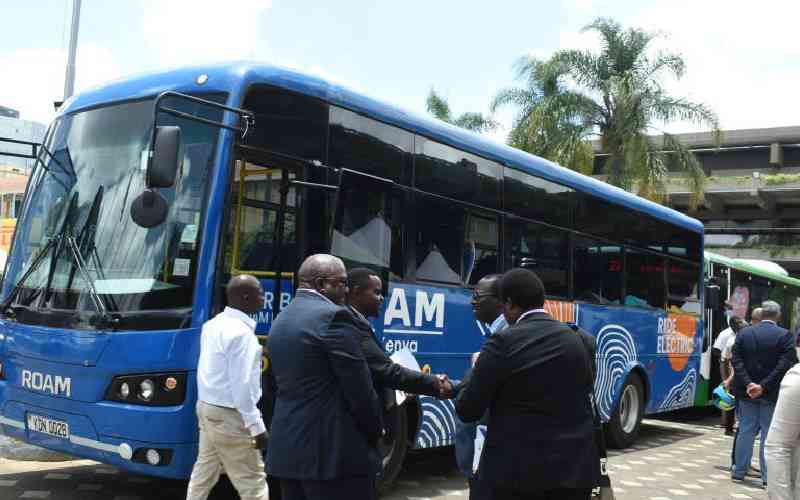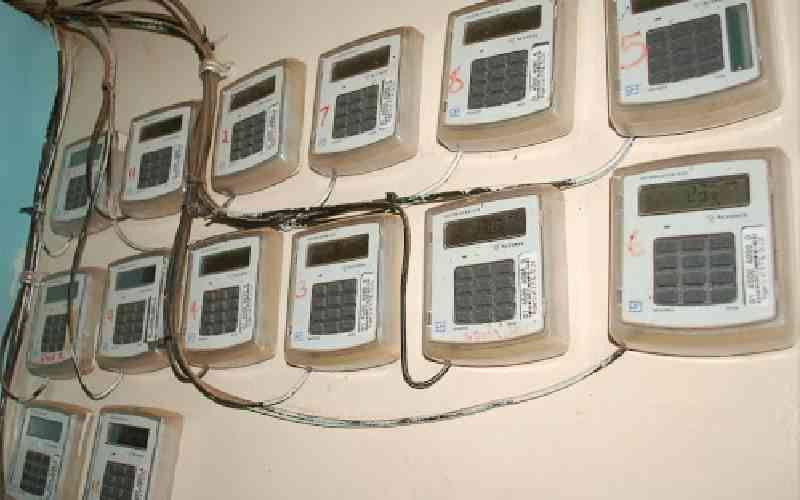Kenya is on course to attain universal access to electricity with every home and business connected to the grid by 2022, according to a new report.
This is in stark contrast to many Central African countries for which this is an unattainable feat in the near future.
The report by the International Energy Agency, a Paris-based intergovernmental organization which provides policy advice to 28 member countries on energy, singled out Kenya as among the trend-setters in the continent’s quest to achieve universal access to electricity by 2030.
Close to 600 million Africans do not have access to electricity with another 1 billion using harmful wood fuel to cook their meals.
“If Kenya keeps on with its current pathway, we project full access by 2022,” said Kieran McNamara, an analyst at IEA.
McNamara was speaking on the first day of the Africa Investment Forum which has been organized by the African Development Bank in partnership with the South African Government. AFDB has an ambition to attain universal electricity on the continent in the next 11 years.
The objective of the African Investment Forum is to tilt the flow of capital into Africa into such critical projects as energy infrastructure, as the continent strives to move away from aid.
By 2018, about two-thirds of Kenya’s population had access to electricity-albeit most of them have decried the high cost of power which has even driven some businesses out of the country.
IEA, unveiled the Africa Energy Outlook, 2019 which shows that increased population, urbanization and industrialization will put pressure on the energy needs of the continent going into the future.
Ethiopia is the other African country that is expected to achieve universal access to electricity in the late 2020s, with Ghana, Senegal and Rwanda also moving in the right direction.
“But elsewhere the message is not so positive, particularly in the populous regions in Central Africa,” said McNamara; noting that these countries’ strategies and policies have seen electricity access and development networks fall behind the needs of the population.
Kenya is among the few African countries which has benefited from adoption of renewable energy, adding geothermal and wind power into the national grid.
The report finds that in an ideal situation where Kenya moves away from bioenergy and improve energy efficiency, it could supply an economy six and half times larger than today using little more than twice its current energy consumption.
In Kenya, like many other African countries, the traditional use of biomass continues to dominate the energy mix.
About 80 per cent of African homes cook their meals with traditional biomass and inefficient stoves.
Stay informed. Subscribe to our newsletter
This, explained McNamara, has a huge impact on human health and is often cited for the half a million premature deaths each year. It also impacts on productivity with people spending a lot of time searching for wood fuel.
The IEA conducted, for the first time, detailed modeling of energy mix for 11 countries in Sub-Saharan Africa. These are Angola, South Africa, Democratic Republic of Congo, Kenya, Tanzania, Ethiopia.
Others are Cote divore, Mozambique, Nigeria, and Senegal.
About 600 million people have no access to electricity on the continent, albeit this is an improvement from 2013, according to IEA’s analysis.
“In order to start to address the problem, we have to realize the scale of the emergency. And that is data is extremely important. You have to be able to define the problem before can actually address it,” said Wale Shonibare, Acting Vice President of Power, Energy, Climate and Green Growth.
Africa also needs to double its investment in power generation from the current $30 billion to $120 billion by 2040 if it is to achieve universal access to electricity, according to Tae-Yoon Kim, another analyst at IEA.
The report modeled the future of Africa’s energy needs based on African Union’s Agenda 63, a long-term development blue-print for the continent.
 The Standard Group Plc is a
multi-media organization with investments in media platforms spanning newspaper
print operations, television, radio broadcasting, digital and online services. The
Standard Group is recognized as a leading multi-media house in Kenya with a key
influence in matters of national and international interest.
The Standard Group Plc is a
multi-media organization with investments in media platforms spanning newspaper
print operations, television, radio broadcasting, digital and online services. The
Standard Group is recognized as a leading multi-media house in Kenya with a key
influence in matters of national and international interest.
 The Standard Group Plc is a
multi-media organization with investments in media platforms spanning newspaper
print operations, television, radio broadcasting, digital and online services. The
Standard Group is recognized as a leading multi-media house in Kenya with a key
influence in matters of national and international interest.
The Standard Group Plc is a
multi-media organization with investments in media platforms spanning newspaper
print operations, television, radio broadcasting, digital and online services. The
Standard Group is recognized as a leading multi-media house in Kenya with a key
influence in matters of national and international interest.









